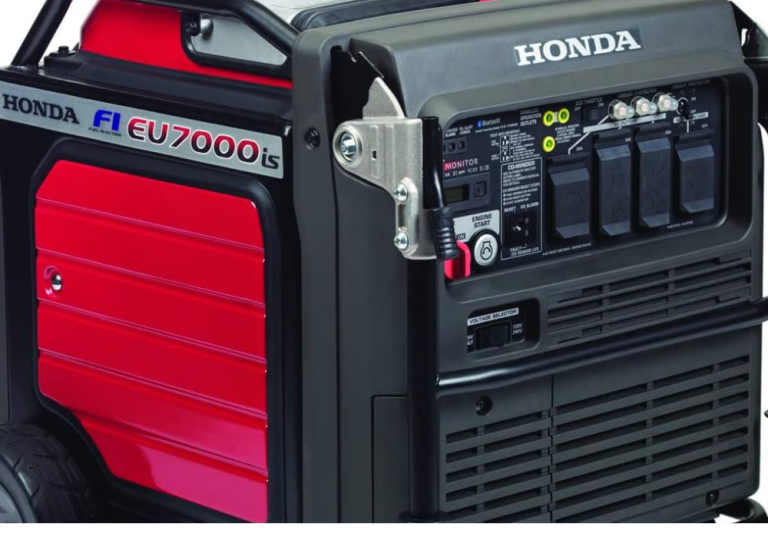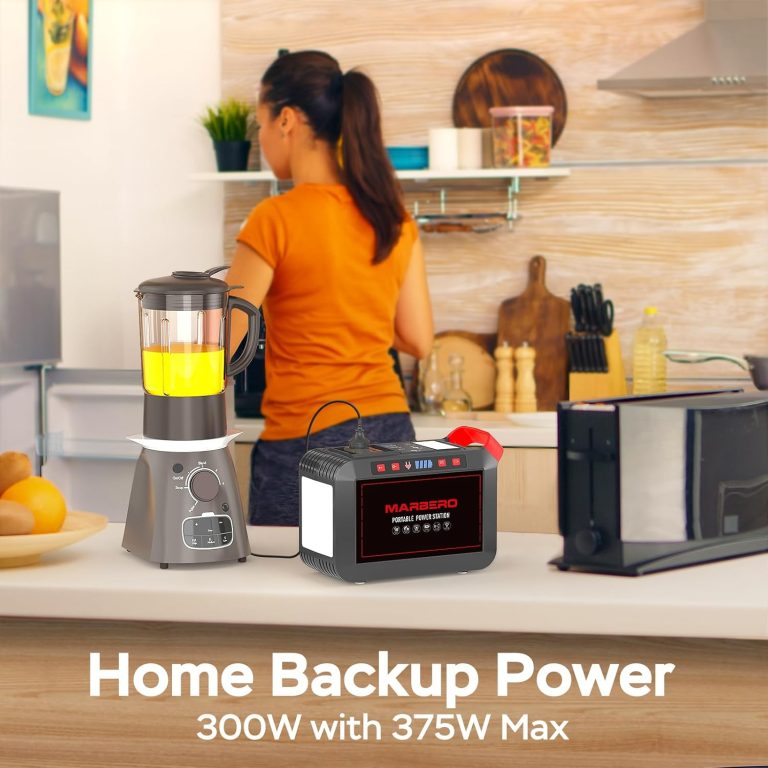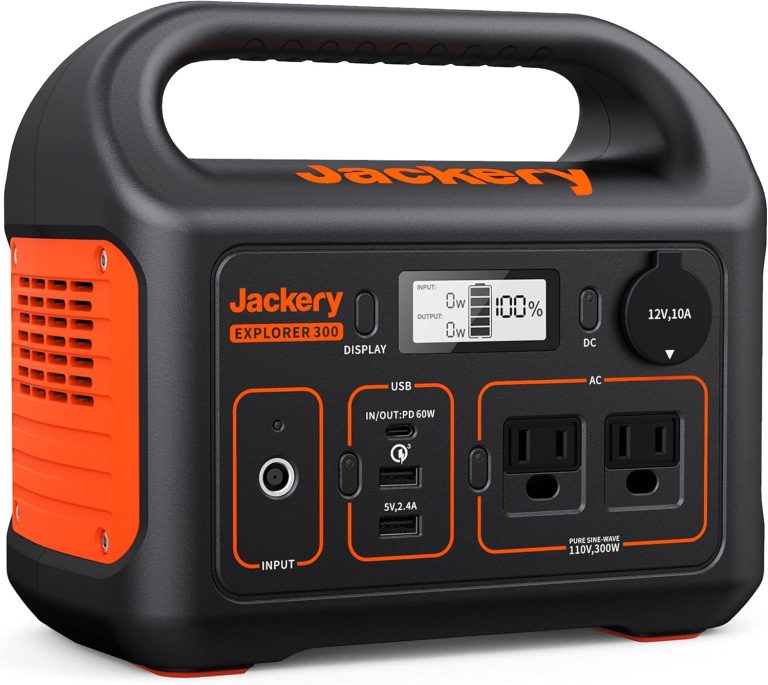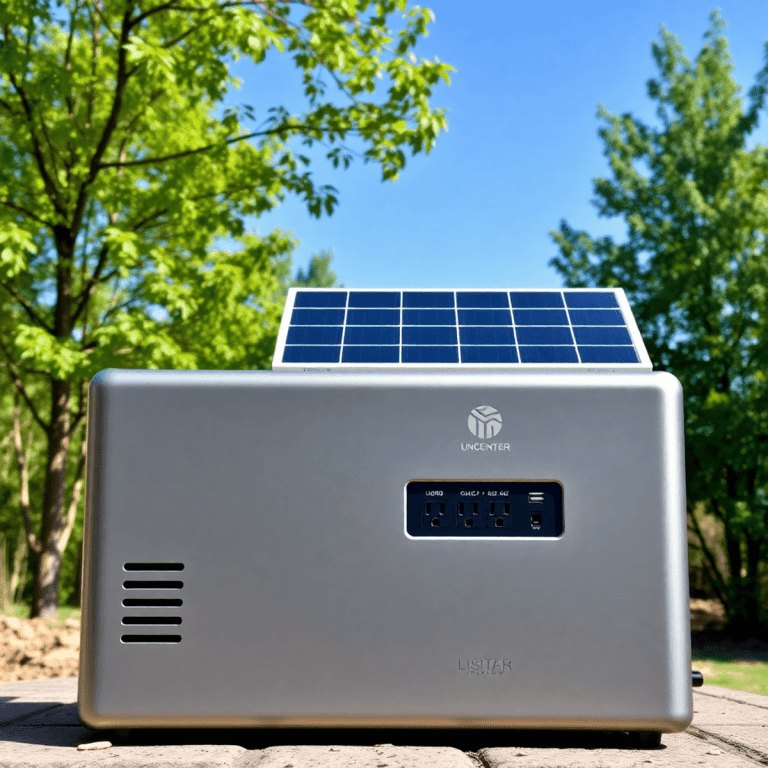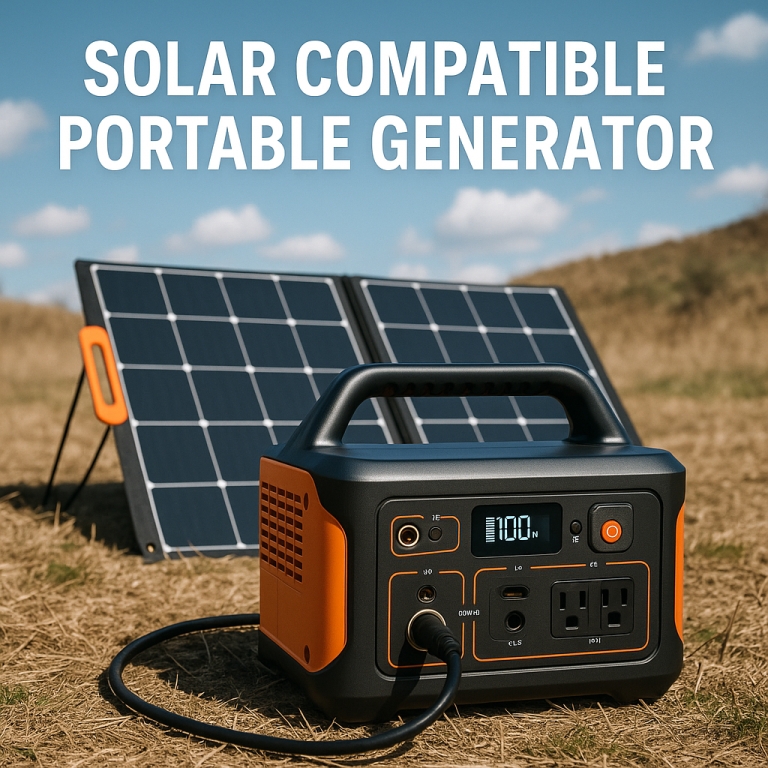Selecting The Right Solar Panel.
Best Solar Panels for Portable Generators.
When looking to enhance the performance of your portable generator, selecting the right solar panels can significantly boost its efficiency. Here are some of the best solar panels to consider pairing with your portable generator.
- Monocrystalline Solar Panels: Known for their high efficiency and sleek design, monocrystalline solar panels are a top choice for generating power efficiently.
- Polycrystalline Solar Panels: These budget-friendly panels are durable and offer good efficiency levels, making them a popular option for portable generators.
- Flexible Thin-Film Solar Panels: Ideal for on-the-go use, these lightweight and flexible panels are perfect for pairing with portable generators during outdoor activities.
- Portable Folding Solar Panels: Compact and easy to carry around, portable folding solar panels are convenient for camping or emergencies when paired with a portable generator.
The search for reliable, sustainable power solutions has led many to explore solar-powered portable generators in 2025. These innovative systems combine the convenience of portable power with clean, renewable energy from the sun.
Selecting the right solar panels for your portable generator can transform your power setup into a highly efficient, eco-friendly energy source. The latest solar panels offer impressive features:
- Higher efficiency ratings reaching up to 24%
- Enhanced durability with advanced weather resistance
- Improved portability through lightweight, foldable designs
- Faster charging capabilities with increased wattage options
The growing adoption of portable solar power systems reflects their versatility across different scenarios:
- Emergency backup during power outages
- Remote work setups in off-grid locations
- Outdoor activities like camping and RV travel
- Sustainable power for small home offices
This guide will help you identify the best solar panels to pair with popular portable generator models, ensuring you make an informed decision for your specific power needs in 2025.
Understanding Portable Generators and Their Solar Compatibility
The market offers diverse portable generator options with varying battery capacities and solar charging capabilities. Let’s examine the leading models and their distinctive features:
1. Jackery Explorer Series
- Battery Capacity: 1000Wh – 2000Wh
- Solar Input: Up to 1200W
- Notable Feature: Quick charge technology
2. Goal Zero Yeti Line
- Battery Capacity: 500Wh – 1500Wh
- Solar Input: Up to 600W
- Notable Feature: Rugged construction for outdoor use
3. EcoFlow Delta Models
- Battery Capacity: 1000Wh – 3600Wh
- Solar Input: Up to 1600W
- Notable Feature: X-Stream fast charging
4. Bluetti AC200L
- Battery Capacity: 2400Wh
- Solar Input: Up to 900W
- Notable Feature: LiFePO4 battery chemistry
5. Anker Solix F2000
- Battery Capacity: 2000Wh
- Solar Input: Up to 1000W
- Notable Feature: Smart app integration
6. Fossibot F3600 Pro
- Battery Capacity: 3600Wh
- Solar Input: Up to 1200W
- Notable Feature: Expandable battery system
Your solar panel selection must align with your generator’s specifications. A 200W solar panel paired with a generator limited to 100W input creates inefficiency. The optimal setup matches your panel’s output to your generator’s maximum solar input capacity.
Battery capacity influences charging time and power availability. A 2000Wh generator paired with a 200W solar panel requires approximately 10 hours of peak sunlight for a full charge. Higher capacity generators benefit from multiple solar panels or higher wattage options to maintain practical charging times.
Key Features to Consider When Selecting Solar Panels for Portable Generators
Solar Panel Wattage and Efficiency
Your portable generator’s performance depends heavily on the solar panel’s wattage rating. Modern panels range from 100W to 400W+, with higher wattage panels delivering more power to your generator. Monocrystalline cells, operating at 22-24% efficiency, convert sunlight into usable energy at the highest rates available in 2025.
Charging Speed and Power Output
Higher wattage panels significantly reduce charging times for your portable generator:
- 100W panels: 8-10 hours average charging time
- 200W panels: 4-5 hours average charging time
- 400W panels: 2-3 hours average charging time
The Jackery SolarSaga 200W demonstrates this advantage, charging an Explorer 2000 Plus from 0% to 80% in just 3.5 hours under optimal sunlight conditions.
Portability and Design Features
Modern solar panels incorporate user-friendly design elements:
- Foldable Construction: Panels collapse to 1/4 of their deployed size
- Lightweight Materials: Advanced panels weigh 10-15 pounds
- Built-in Handles: Integrated carrying solutions
- Kickstands: Adjustable angles for optimal sun exposure
Durability and Weather Resistance
Solar panels built for outdoor use feature robust protection ratings:
- IP65: Protected against dust and water jets
- IP68: Complete dust protection, waterproof up to 1.5 meters
- Temperature Tolerance: -4°F to 149°F operating range
- Impact Resistance: Reinforced corners and edges
- UV Protection: Anti-yellowing coating for extended lifespan
These weather-resistant features ensure reliable performance in various outdoor conditions, from light rain to dusty environments.
Recommended Solar Panels for Popular Portable Generator Models in 2025
Let’s explore the best solar panel pairings for today’s leading portable generators:
1. Jackery Explorer Series & SolarSaga Panels
- SolarSaga 200W panels deliver exceptional charging speeds for Explorer 1000/2000 Plus models
- 4 panels can fully charge an Explorer 2000 Plus in 7.5 hours of peak sunlight
- Smart MPPT technology optimizes charging efficiency in varying light conditions
- Foldable design with built-in kickstands for ideal sun positioning
2. EcoFlow Delta Series & Proprietary Panels
- 400W rigid panels provide maximum power for Delta Pro and Delta Max models
- Stackable configuration supports up to 1600W input with 4 panels
- 220W portable options balance power output with mobility
- X-Stream charging technology enables rapid power conversion
3. Bluetti AC200L & High-Efficiency PV Panels
- PV350 panels deliver industry-leading 23.4% conversion efficiency
- Dual charging capability combines solar + AC for 1900W total input
- Split-panel design reduces storage space while maintaining output
- Advanced thermal management prevents overheating during peak charging
4. Goal Zero Yeti & Boulder/Nomad Series
- Boulder 200 Briefcase offers military-grade durability
- Nomad 200 features ultra-portable design with integrated sundial
- Chainable configurations support larger Yeti models
- Tempered glass coating resists impact damage
- Built-in Anderson Power Pole connectors ensure reliable connections
These manufacturer-specific panels maximize compatibility and performance with their respective generators. Each pairing delivers optimized charging algorithms, proper voltage matching, and seamless integration with built-in power management systems.
Balancing Power Output Needs with Portability and Budget Constraints
Selecting the right solar panel setup requires careful consideration of your power requirements. Here’s how to calculate your daily power consumption:
1. List Your Essential Devices
| Device Type Wattage Range Small electronics | 20-50W |
| Laptops | 45-100W |
| Mini fridges | 50-85W |
| LED lights | 10-20W per bulb |
| CPAP machines | 30-60W |
2. Calculate Total Daily Usage
- Multiply each device’s wattage by hours used
- Add 20% buffer for efficiency losses
- Match total with generator capacity
Portability vs Power Trade-offs
- Camping & Hiking: Choose 100W-200W foldable panels under 20 pounds
- RV & Van Life: Consider 200W-300W panels with rigid mounting options
- Home Backup: Install 300W-400W panels for maximum power generation
Budget-Smart Solar Solutions
- Buy panels during seasonal sales (spring/fall)
- Look for bulk purchase discounts on multiple panels
- Consider slightly older models with similar specifications
- Check manufacturer refurbished options with full warranties
- Compare price-per-watt ratios across brands
Smart Shopping Tips
- Read verified customer reviews focusing on long-term performance
- Request price-matching from authorized dealers
- Watch for bundle deals with mounting hardware included
- Consider third-party panels compatible with your generator
Ensuring Technical Compatibility Between Solar Panels and Portable Generators
Safe and efficient charging requires precise matching between your solar panels and portable generator. Each generator model specifies voltage requirements and maximum input wattage limits that must be followed.
Key Technical Requirements:
- Check your generator’s voltage range (typically 12V-60V)
- Verify maximum solar input wattage capacity
- Confirm connector types and polarities
Common Compatibility Issues:
- Exceeding input voltage limits can damage charging circuits
- Using incorrect connectors risks poor connections or charging failures
- Mismatched polarity may prevent charging or harm equipment
Essential Compatibility Checks:
- Review generator manual for exact specifications
- Match solar panel output voltage to generator input range
- Verify total panel wattage stays under generator’s maximum input
- Use manufacturer-approved adapters for different connector types
Many generators include built-in protection against voltage/current mismatches, but proper matching prevents unnecessary strain on components and ensures optimal charging performance. Branded solar panels designed specifically for your generator model offer guaranteed compatibility and simplified setup.
Additional Features Enhancing the Solar Generator Experience in 2025
Modern portable generators now come equipped with sophisticated app-based monitoring systems, changing how users interact with their power stations. The EcoFlow app displays real-time battery levels, charging rates, and power consumption data directly on your smartphone.
Smart Features for Enhanced Control
Smart features available through these apps include:
- Remote power control and outlet activation
- Custom charging schedules and power management
- Historical usage data and performance analytics
- Automated firmware updates
- Battery health monitoring
- Weather alerts affecting solar charging efficiency
Versatile Charging Options for Every Situation
The latest generator models support multiple charging inputs, creating a versatile power solution:
- AC Wall Outlet: Fastest charging option, typically 1-2 hours
- Car Charging Port: 12V DC charging while on the road
- Solar Input: Clean, renewable charging anywhere
- USB-C: Quick charging for smaller devices
Many 2025 models feature pass-through charging capability, allowing simultaneous charging and power output. The Bluetti AC200L and Anker Solix F2000 integrate dual charging, combining solar with AC input to achieve charging speeds up to 2400W.
Conclusion
The best solar panel-generator pairing in 2025 combines cutting-edge technology with sustainable energy solutions. Your choice affects both the environment and your power independence. Modern solar panels offer exceptional efficiency, durability, and smart features that make clean energy accessible to everyone.
Ready to make the switch? Keep these key points in mind:
- Match your generator’s capacity with compatible solar panels
- Prioritize high-efficiency monocrystalline panels
- Look for weather-resistant, portable designs
- Invest in smart monitoring capabilities
The future of portable power is here – clean, efficient, and smarter than ever. Your next solar panel-generator setup is waiting for you, promising reliable power while contributing to a greener planet.


